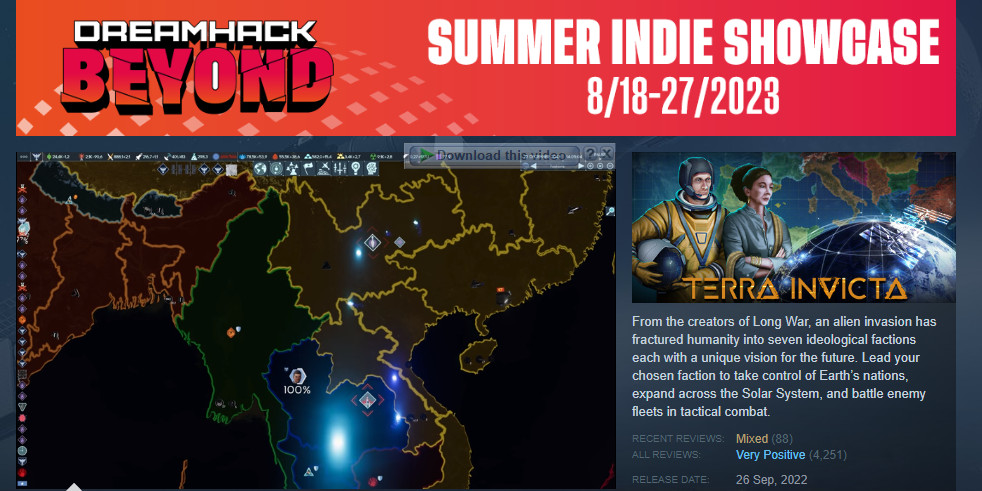Setting up a Minecraft server is an exciting venture, whether you’re planning a small game with friends or a large community hub. One crucial question that often arises is: how many cores for a Minecraft server are actually necessary? Understanding the role of CPU cores is vital to ensuring smooth gameplay and preventing frustrating lag. Let’s dive into the specifics to help you make the right decision for your Minecraft server needs.
 Conceptual image illustrating CPU cores processing data for a Minecraft server, highlighting the importance of core count for server performance.
Conceptual image illustrating CPU cores processing data for a Minecraft server, highlighting the importance of core count for server performance.
Understanding Minecraft Server Core Usage
Minecraft, at its heart, is primarily a single-threaded application. This means that the main game operations, such as world generation, entity processing, and game logic, largely rely on a single CPU core. However, this doesn’t mean that multiple cores are irrelevant for a Minecraft server.
Since Minecraft server software has evolved, especially with versions 1.14 and later, the ability to utilize multiple cores for background tasks has significantly improved. While the core game engine might be single-threaded, server software like Spigot or Paper can distribute other server-related tasks across multiple cores. These tasks include:
- Handling multiple player connections: Each connected player requires server resources, and managing these connections can be distributed across cores.
- Plugin processing: If you use plugins to enhance your server, these often run as separate threads and can benefit from multiple cores.
- World saving and backups: These background operations can be offloaded to different cores, preventing them from impacting the main game thread.
- Network operations: Managing network traffic and communication also benefits from multi-core processing.
Essentially, while the core Minecraft game loop may rely on a single, powerful core, having multiple cores allows your server to handle these concurrent background tasks more efficiently, leading to a smoother overall experience, especially with more players or complex server setups.
Factors Influencing Core Requirements
The ideal number of cores for your Minecraft server isn’t a one-size-fits-all answer. Several factors come into play when determining your core needs:
- Number of Players: This is a primary factor. A small server for a few friends will have drastically different core requirements compared to a public server hosting hundreds of players. More players mean more connections, more activity, and more background tasks for the server to manage.
- Server Complexity (Mods & Plugins): Vanilla Minecraft servers are less demanding than heavily modded or plugin-rich servers. Mods and plugins add extra layers of processing and can significantly increase the server’s workload. Complex plugins, in particular, can be CPU-intensive.
- Server Software: As mentioned, server software like Paper is optimized for performance and multi-core utilization compared to the standard Vanilla server. Choosing optimized server software can make better use of available cores.
- World Size and Activity: Larger, more actively explored worlds require more processing for chunk loading and management. Servers with large player-built structures or constantly changing environments will also be more demanding.
- Budget: Server hosting costs are often directly related to the resources you allocate, including CPU cores. Balancing performance with cost is always a consideration.
Recommended Core Counts for Different Server Sizes
While these are general guidelines, they can help you estimate the core count for your Minecraft server:
- Small Server (1-10 Players – Vanilla or Light Plugins): 2 Cores might be sufficient. For a very small, vanilla server with just a few friends, even a dual-core setup can be adequate, especially if the cores have a good clock speed.
- Medium Server (10-50 Players – Moderate Plugins/Modpack): 4-6 Cores are generally recommended. As player count increases and you introduce plugins or lighter modpacks, moving to a quad-core or hex-core CPU will provide a noticeable improvement in handling the increased load.
- Large Server (50+ Players – Heavy Plugins/Large Modpacks): 8+ Cores are advisable. For larger communities, especially those running complex modpacks or numerous plugins, an octa-core or higher CPU will be necessary to maintain performance and prevent lag. For very large servers with hundreds of concurrent players, even more cores might be beneficial.
Important Note: Beyond the number of cores, the quality and clock speed of each core are also crucial. Minecraft benefits from CPUs with high single-core performance. When choosing a server, prioritize CPUs with a good balance of core count and high clock speeds.
Optimizing Core Usage for Your Minecraft Server
Beyond simply selecting the right number of cores, you can take steps to optimize core usage and server performance:
- Choose Optimized Server Software: Paper and Spigot are popular choices known for their performance enhancements and multi-core optimizations.
- Startup Flags: Server startup flags can be configured to fine-tune Java’s memory management and garbage collection, which can indirectly impact core utilization and efficiency. Consult your server software’s documentation for recommended flags.
- Operating System Tuning: While often more advanced, optimizing your server’s operating system (e.g., Linux distributions are often preferred for servers) can also improve resource management and performance.
- Plugin Management: Regularly review and optimize your plugins. Remove unnecessary plugins and ensure your remaining plugins are efficient and up-to-date. Inefficient plugins can unnecessarily strain CPU resources.
- Monitor Server Performance: Use server monitoring tools to track CPU usage. This will help you identify bottlenecks and understand if your core allocation is sufficient or if you need to adjust it.
Conclusion
Determining “how many cores for a Minecraft server” involves understanding both Minecraft’s single-threaded nature and the benefits of multi-core processing for server tasks. While a powerful single core is essential for the main game operations, having multiple cores is crucial for handling player load, plugins, and background tasks, ensuring a smooth and lag-free experience for your players. By considering your server size, complexity, and budget, and by optimizing your server software and configuration, you can find the right balance and create a thriving Minecraft community.
